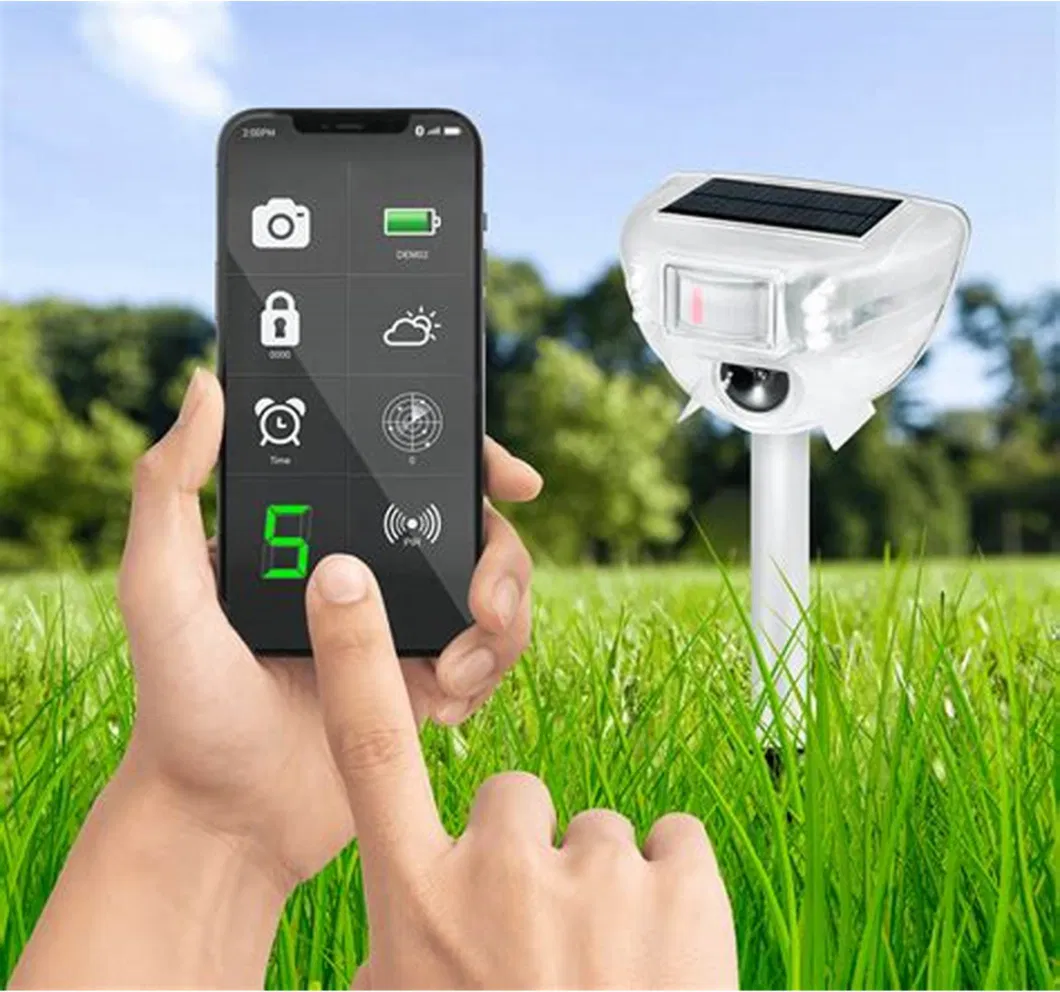- Overview
- Product Description
- Our Advantages
- Company Profile
Basic Info.
Product Description
Smart agriculture is a broad term that collects ag and food production practices powered by Internet of Things, big data and advanced analytics technology. When we talk about IoT, we generally refer to adding sensing, automation and analytics technology to modern agricultural processes. The most common IoT applications in smart agriculture are:
- Sensor-based systems for monitoring crops, soil, fields, livestock, storage facilities, or basically any important factor that influences the production.
- Smart agriculture vehicles, drones, autonomous robots and actuators.
- Connected agriculture spaces such as smart greenhouses or hydroponics.
- Data analytics, visualization and management systems.
- Predictive modeling and planning.
As in other industries, application of Internet of Things in agriculture promises previously unavailable efficiency, reduction of resources and cost, automation and data-driven processes. In agriculture, however, these benefits don't act as improvements, but rather the solutions for the whole industry confronting a range of dangerous problems.
Excelled efficiency
Today's agriculture is in a race. Farmers have to grow more product in deteriorating soil, declining land availability and increasing weather fluctuation. IoT-enabled agriculture allows farmers to monitor their product and conditions in real-time. They get insights fast, can predict issues before they happen and make informed decisions on how to avoid them. Additionally, IoT solutions in agriculture introduce automation, for example, demand-based irrigation, fertilizing and robot harvesting.Expansion
By the time we have 9 billion people on the planet, 70% of them will live in urban areas. IoT-based greenhouses and hydroponic systems enable short food supply chain and should be able to feed these people with fresh fruits and veggies. Smart closed-cycle agricultural systems allow growing food basically everywhere-in supermarkets, on skyscrapers' walls and rooftops, in shipping containers and, of course, in the comfort of everyone's home.Reduced resources
Plenty of IoT solutions are focused on optimizing the use of resources-water, energy, land. Precision farming using IoT relies on the data collected from diverse sensors in the field which helps farmers accurately allocate just enough resources to within one plant.
Cleaner process
Smart farming using IoT is a true way to reduce the usage of pesticides and fertilizers. Not only does precision farming help producers save water and energy and make farming greener but also significantly scales down on the use of pesticides and fertilizer. This approach allows getting a cleaner and more organic final product compared to traditional agricultural methods.Agility
One of the benefits of using IoT in agriculture is the increased agility of the processes. Thanks to real-time monitoring and prediction systems, farmers can quickly respond to any significant change in weather, humidity, air quality as well as the health of each crop or soil in the field. In the conditions of extreme weather changes, new capabilities help agriculture professionals save the crops.Improved product quality
Data-driven agriculture helps both grow more and better products. Using soil and crop sensors, aerial drone monitoring and farm mapping, farmers better understand detailed dependencies between the conditions and the quality of the crops. Using connected systems, they can recreate the best conditions and increase the nutritional value of the products.








